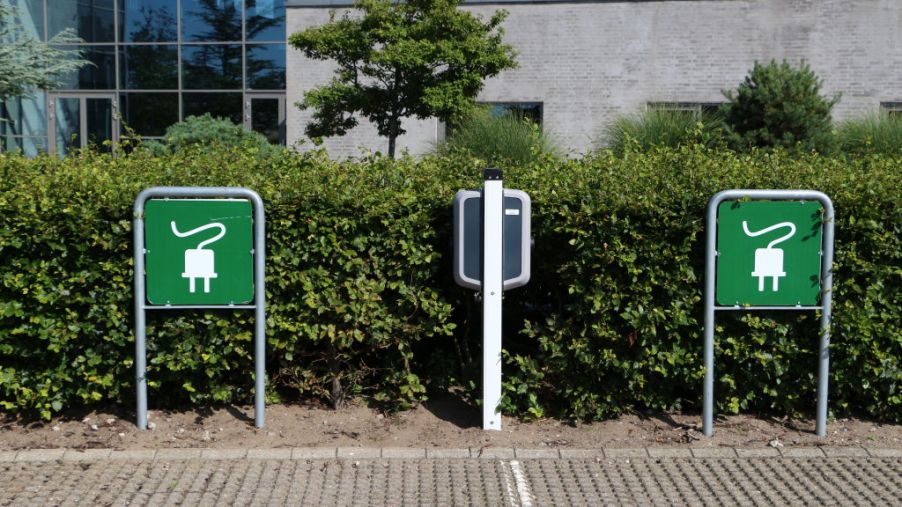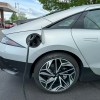
What Makes a Vehicle ‘Green’ According to the U.S. EPA
Both drivers and automakers are focused on going green. Whether it involves becoming the greenest car company or designing electric sports cars, environmentally-friendly transportation is part of a global movement. But what does it mean to be green, especially when it comes to cars?
Well, the U.S. Environmental Protection Agency has a pretty loose definition of what makes a car “green.” According to the EPA, a car is green if it pollutes less and is more fuel-efficient than other vehicles. By casting a wide net, the EPA includes many cars in this category. Here’s a rundown on these green vehicles, at least according to the EPA.
Conventional fuels
The EPA actually considers some cars that solely use conventional fuels (gasoline and diesel) to be green. That’s because these models have features that make them more environmentally friendly. Sometimes these innovations aren’t even meant to be green, yet they still have that effect.
With lighter, more aerodynamic bodies, these cars can travel faster but burn less fuel to achieve those speeds. Other technologies, like particulate filters, advanced start-stop systems, and turbocharged engines, also help a car pollute less and be more fuel-efficient overall.
Alternative fuels
Vehicles that use alternative fuels can also be considered green. For example, cars with a diesel engine may utilize biodiesel and ethanol. Both are considered green because they’re renewable sources of fuel compared to gas, diesel, and even compressed natural gas. The latter is another alternative fuel, though you need a car that runs specifically on CNG.
Electric and hybrid vehicles
These vehicles use an electric motor to power themselves either partially or entirely. Hybrids are very fuel-efficient, and fully electric cars don’t even use fuel in a traditional sense. Electric motors generate zero greenhouse gas emissions when in use. However, as the EPA notes, this electricity must come from somewhere — and it’s often not from a green source.
According to the U.S. Energy Information Administration, about 64% of all electricity in the U.S. comes from fossil fuels. You can make your electric or hybrid car greener, however, by choosing to charge your car with green sources of electricity. This is easier in some regions and cities that focus on green electricity production.
If you drive a Tesla, for example, solar energy powers many charging stations. If you don’t have access to green sources of electricity, you can install solar panels on your home to ensure your electric or hybrid car gets clean energy.
Hydrogen fuel cells
The newest way to go green: Hydrogen Fuel Cell Vehicles, which use hydrogen to power an electric motor. These produce zero greenhouse gas emissions as you drive. Similar to an electric car, how you get your hydrogen fuel is primarily where your emissions will come from.
You need electricity to make hydrogen and again, most electricity in the U.S. isn’t green. However, if you can guarantee that your hydrogen is produced with clean energy, then you ensure your Hydrogen Fuel Cell Vehicle is as clean and as green as possible.



